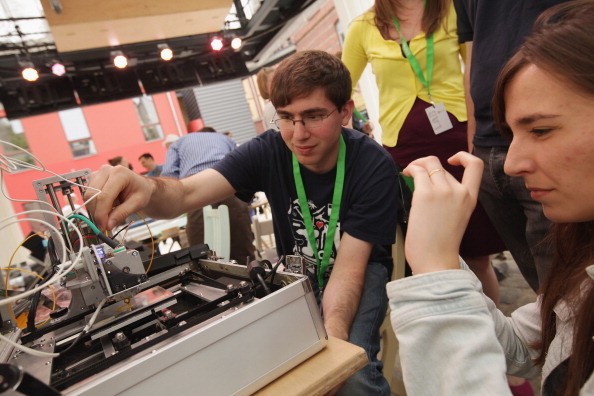According to a report from State-run Xinhua News Agency, Chinese researchers are eyeing to make 3D-printed skin a reality and are expecting to achieve this technological innovation in a span of two to three years.
The process is being tested with pig skin, Wu Jun, director of Southwest Hospital's Burns Institute in Chongqing, remarked.
In an interview, Wu shared that "in printing skin, the biggest challenge is the 'ink,'" or the skin tissue."We need to find the right material that can be made into a certain form while not damaging its activity."
Currently, 3D printing mostly results to hard items, which is contrary to the flexibility of the skin, making the process more difficult, the article noted.
Nonetheless, Wu is optimistic that the process could be finalized in two to three years.
"Many other researchers are at the same stage as us, so we are moving fast to be the first to make this breakthrough," he stated.
The endeavor aims to offer custom-made skin for burn patients according to the wounds they have acquired.
Though the technology has been used in various medical operations, Wu remarked that "there are still a few more years to go until we can successfully print live tissue or organs," Xinhua wrote.
While some scientists abroad were able to print minute tissue samples, the challenge lies in keeping it functional and fit for clinical use.
In China, a number of 3D printing-usage for surgical purposes have been successful.
Earlier in June, doctors at the Peking University Third Hospital successfully replaced five of a cancer patient's vertebrae with 3D-printed replicas.
"3D printing is changing medicine. This is only the beginning, however, we must make sure 3D medical applications are properly supervised," Dai Kerong of the Chinese Academy of Engineering emphasized.




























